Birefringent Nano-materials. Narrowing down blood analysis by individual properties.
A look at materials in blood revealing birefringent properties using polarized light microscopy.
I will keep this one short for email purposes. Here is some of the latest work and just a few questions that ChatGPT was asked. Papers have already been found linking some of these materials to likely candidates. Unfortunately my polarized DIC microscope is out of action until i can afford repairs or replacement.
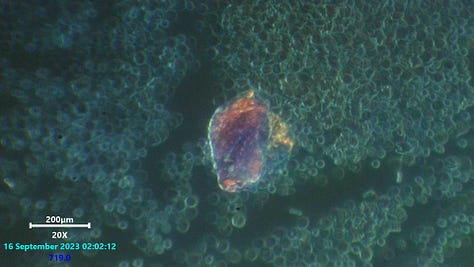
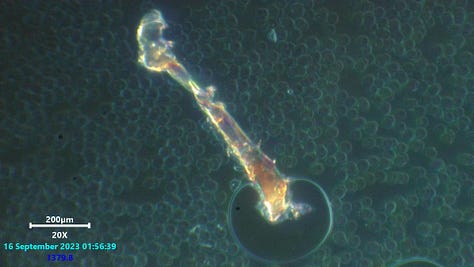
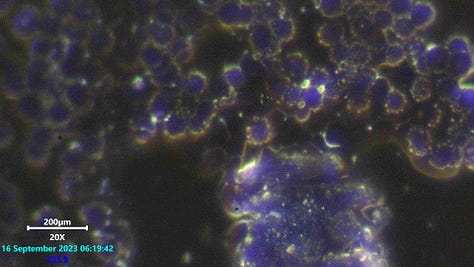
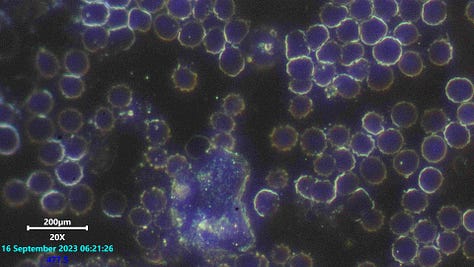
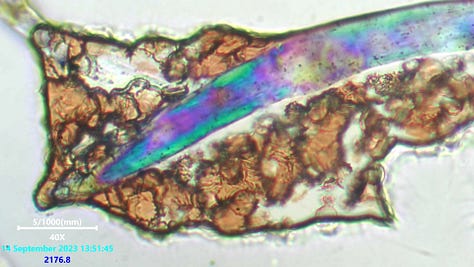
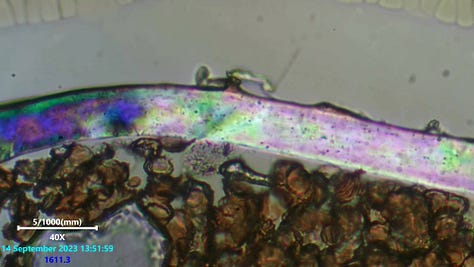

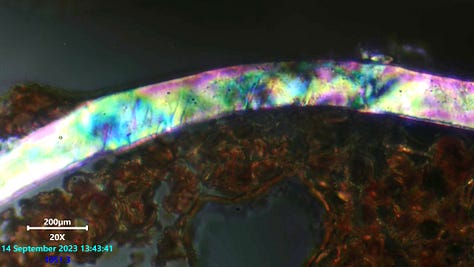
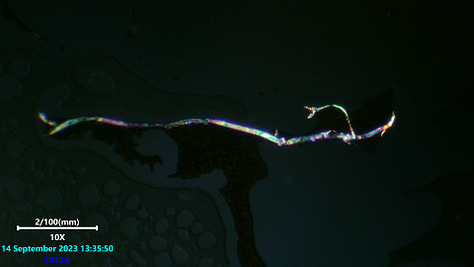
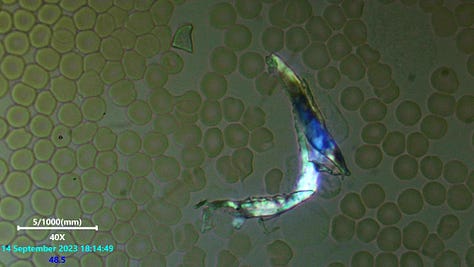
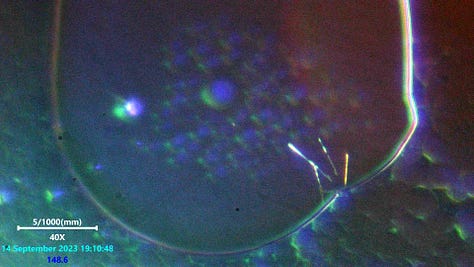
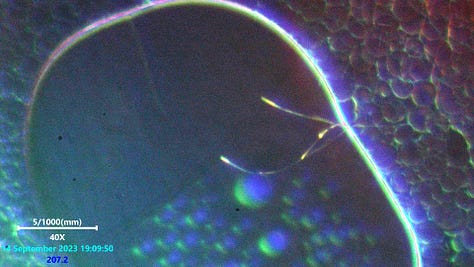
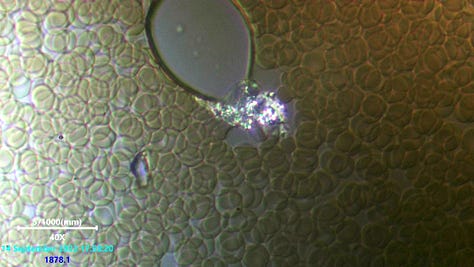
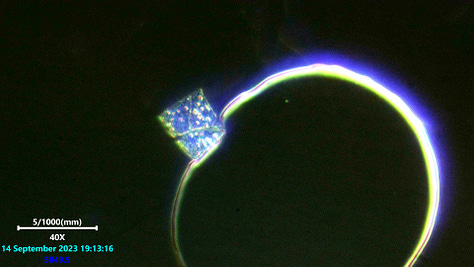
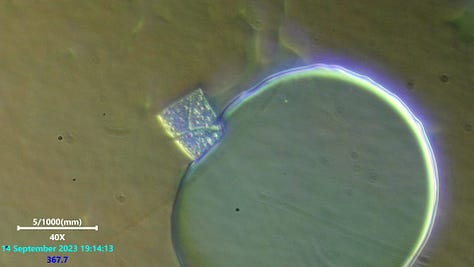
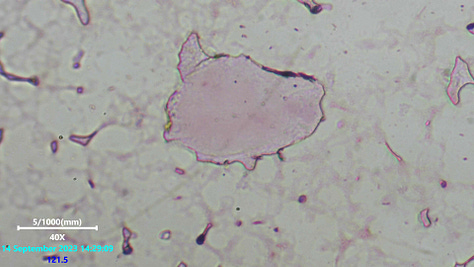
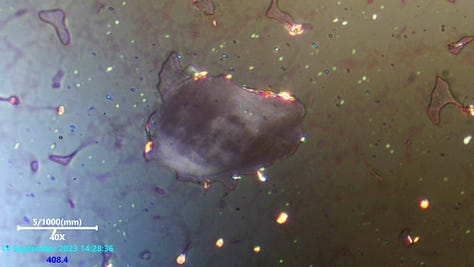
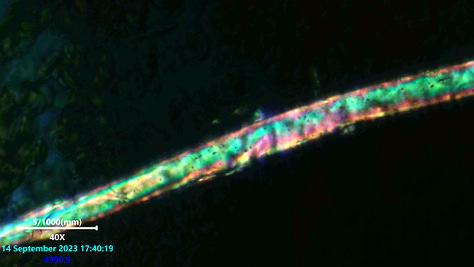
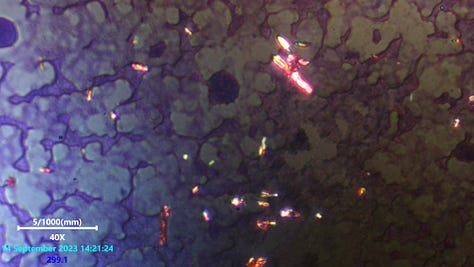
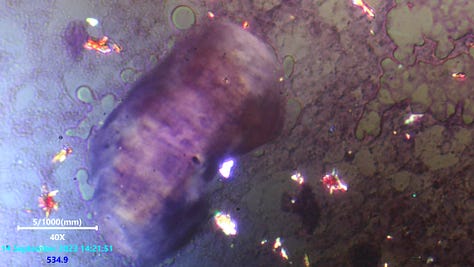
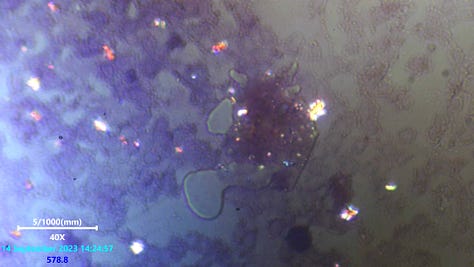
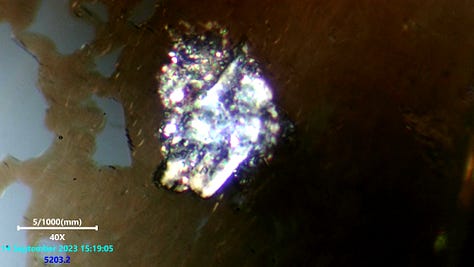
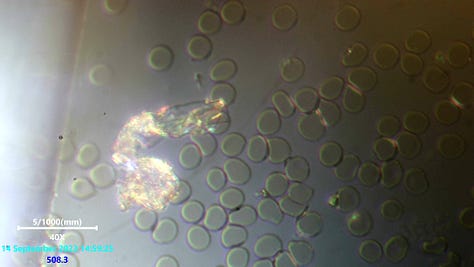
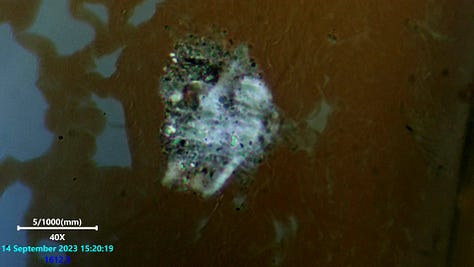
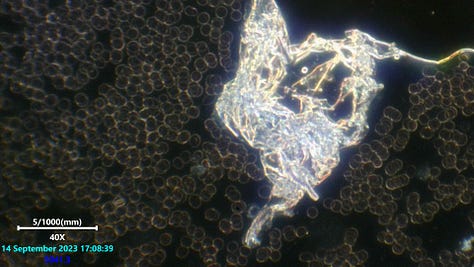
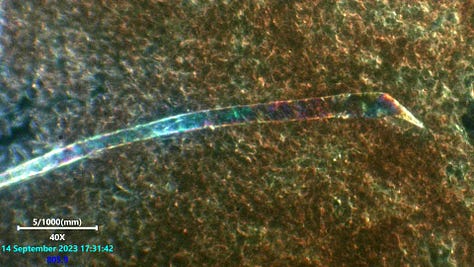
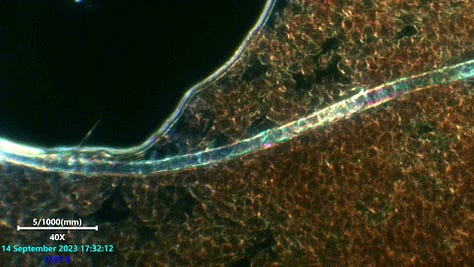
Birefringence itself is not a direct feature of nanotechnology, but nanotechnology can be used to manipulate and control the properties of materials, including their birefringence. By engineering materials at the nanoscale, it is possible to create new materials with specific optical properties, including birefringence, or to modify the birefringence of existing materials.
Here are some ways in which nanotechnology can be related to birefringence:
Nanomaterials: Nanotechnology allows for the creation of nanoscale materials with unique properties. Some nanomaterials may exhibit birefringence depending on their composition, structure, and orientation.
Metamaterials: Metamaterials are engineered materials designed with specific optical properties not found in naturally occurring materials. Researchers can use nanotechnology to create metamaterials that exhibit extreme birefringence or other optical effects.
Nanostructures: Nanostructures, such as nanoparticles or nanowires, can be used to modify the optical properties of materials. By arranging these nanostructures in specific ways, it's possible to control and enhance birefringence in materials.
Liquid Crystals: Liquid crystal displays (LCDs) are a common technology that relies on birefringent liquid crystals. Nanotechnology has been used to develop advanced liquid crystal materials with improved performance and efficiency.
Nanofabrication: Nanotechnology techniques, such as electron beam lithography and nanoimprint lithography, can be used to create precise patterns and structures on surfaces. These patterns can affect the birefringence of the materials.
In summary, while birefringence itself is a property of certain materials and not exclusive to nanotechnology, nanotechnology can be employed to engineer and manipulate materials at the nanoscale to control or enhance their birefringent properties. This can have important implications for the development of advanced optical devices and technologies.
A huge pre thank you to anyone contributing to myself or anyone else they help do more research !




Truly incredible captures. Just speechless.
Karl its Seth. Beautiful work sir!